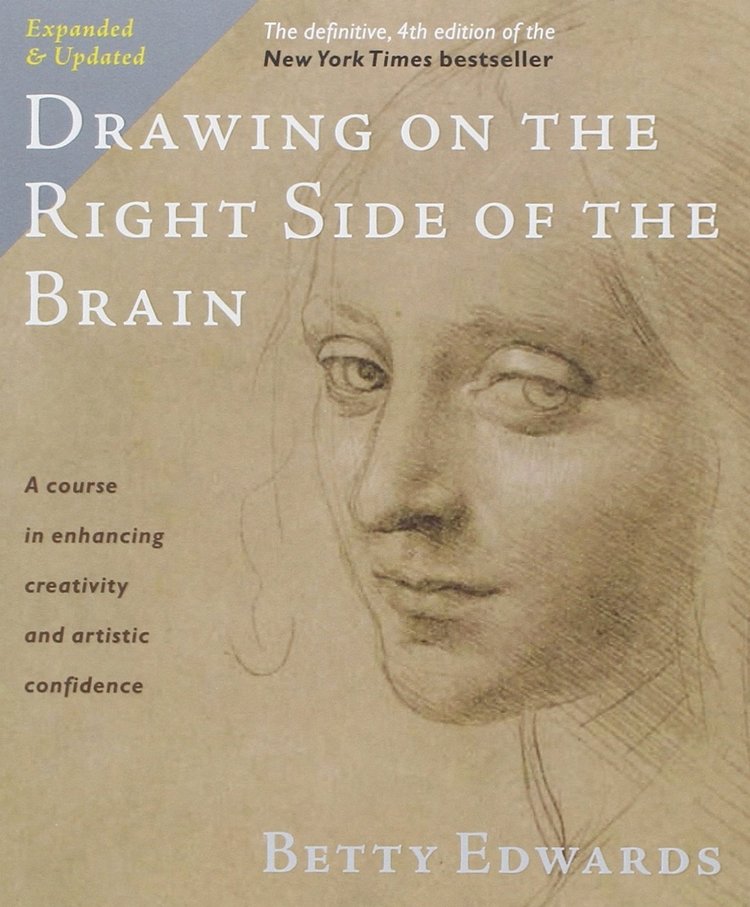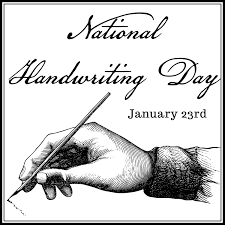National Handwriting Day is an unofficial holiday that celebrates the practice of handwriting with a pen or pencil. #NationalHandwritingDay falls each year on January 23rd. Why this date? It’s John Hancock’s birthday! He is best known as having the first and most prominent signature on the U.S. Declaration of Independence, and as a result, signatures are sometimes referred to as a “John Hancock.” Hancock was president of the Continental Congress, and his signature validated the final version of the document in 1776.
Betty Edwards and all of us at Drawing on the Right Side of the Brain think it’s important to mark this holiday, because the art of handwriting is gradually being lost as more and more people use computers, tablets, and phones to email, instant message, and text their thoughts. This is such a shame, because one’s handwriting is as unique to a person as their fingerprint.
What Are the Benefits of Handwriting Versus Typing?
Develops fine motor skills: Handwriting exercises a complex cognitive process involving neuro-sensory experiences and fine motor skills. By feeling the writing surface, holding the writing instrument, and directing precise movement with thought, you give your brain a full workout! In contrast, typing is a simple, memory-based movement. Executing keystrokes is just a repetitive movement.
Helps with cognitive development: Research shows that children who practice their handwriting have higher levels of literacy and cognitive development. This is likely because as children learn how to quickly translate mental images of letters into a physical form, they begin to understand how letters form sentences and meaning.
Boosts reading comprehension: Strong writing skills also improve reading comprehension.
Retains knowledge: Handwriting notes (such as in a class) helps you retain knowledge more than typing on a keyboard.
Increases creativity: Writing and drawing by hand increases creativity because we are forced to slow down, consider the big picture, and come up with creative ideas. You use the right side of your brain!
Improves spelling: Writing words out by hand instead of relying on a digital device’s spell-check system helps you learn and retain the knowledge.
Combats dyslexia: Studies show that learning cursive handwriting can help those with dyslexia create a stronger association for learning and memory.
Celebrating National Handwriting Day
If you’re looking for a way to celebrate #NationalHandwritingDay, here are a few ideas!
You can look up images of famous handwritten historical documents such as The Book of Kells, The Declaration of Independence, or the U.S. Constitution. You can read about handwriting, and what the experts think about its power and usefulness. Purchase a calligraphy pen and try your hand at that! Best yet: you can teach someone else to write cursive, refine your own cursive skills, write a note to a friend or family member, or write a love letter to your significant other. Happy National Handwriting Day!



